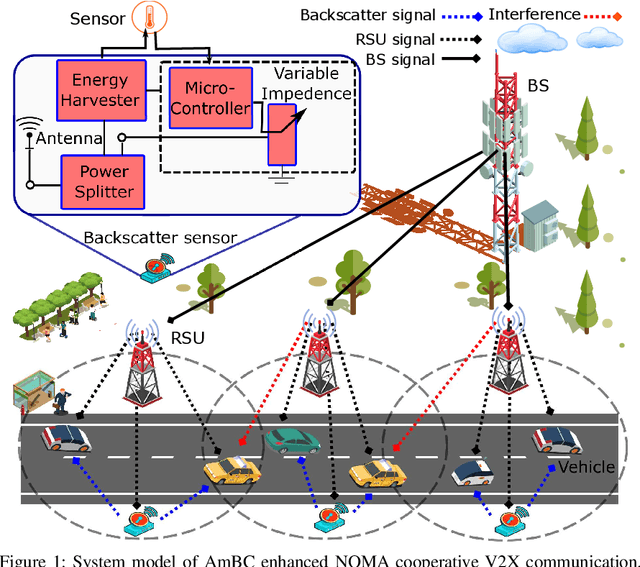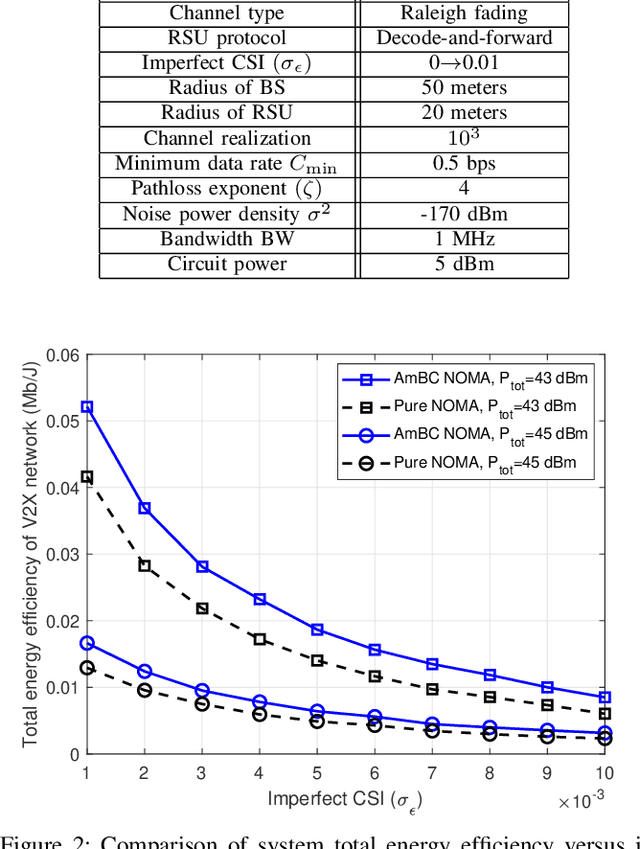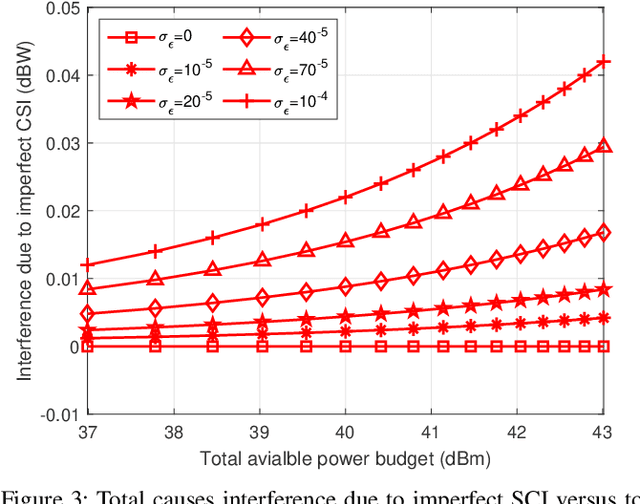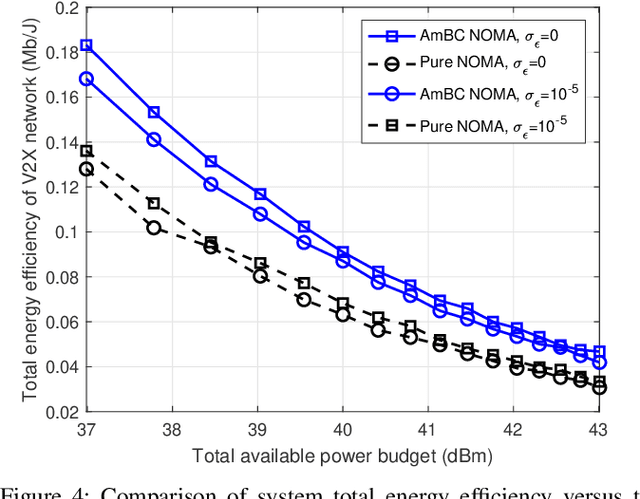Energy Efficiency Optimization for Backscatter Enhanced NOMA Cooperative V2X Communications under Imperfect CSI
Paper and Code
Feb 16, 2022



Automotive-Industry 5.0 will use beyond fifth-generation (B5G) technologies to provide robust, computationally intelligent, and energy-efficient data sharing among various onboard sensors, vehicles, and other devices. Recently, ambient backscatter communications (AmBC) have gained significant interest in the research community for providing battery-free communications. AmBC can modulate useful data and reflect it towards near devices using the energy and frequency of existing RF signals. However, obtaining channel state information (CSI) for AmBC systems would be very challenging due to no pilot sequences and limited power. As one of the latest members of multiple access technology, non-orthogonal multiple access (NOMA) has emerged as a promising solution for connecting large-scale devices over the same spectral resources in B5G wireless networks. Under imperfect CSI, this paper provides a new optimization framework for energy-efficient transmission in AmBC enhanced NOMA cooperative vehicle-to-everything (V2X) networks. We simultaneously minimize the total transmit power of the V2X network by optimizing the power allocation at BS and reflection coefficient at backscatter sensors while guaranteeing the individual quality of services. The problem of total power minimization is formulated as non-convex optimization and coupled on multiple variables, making it complex and challenging. Therefore, we first decouple the original problem into two sub-problems and convert the nonlinear rate constraints into linear constraints. Then, we adopt the iterative sub-gradient method to obtain an efficient solution. For comparison, we also present a conventional NOMA cooperative V2X network without AmBC. Simulation results show the benefits of our proposed AmBC enhanced NOMA cooperative V2X network in terms of total achievable energy efficiency.
 Add to Chrome
Add to Chrome Add to Firefox
Add to Firefox Add to Edge
Add to Edge